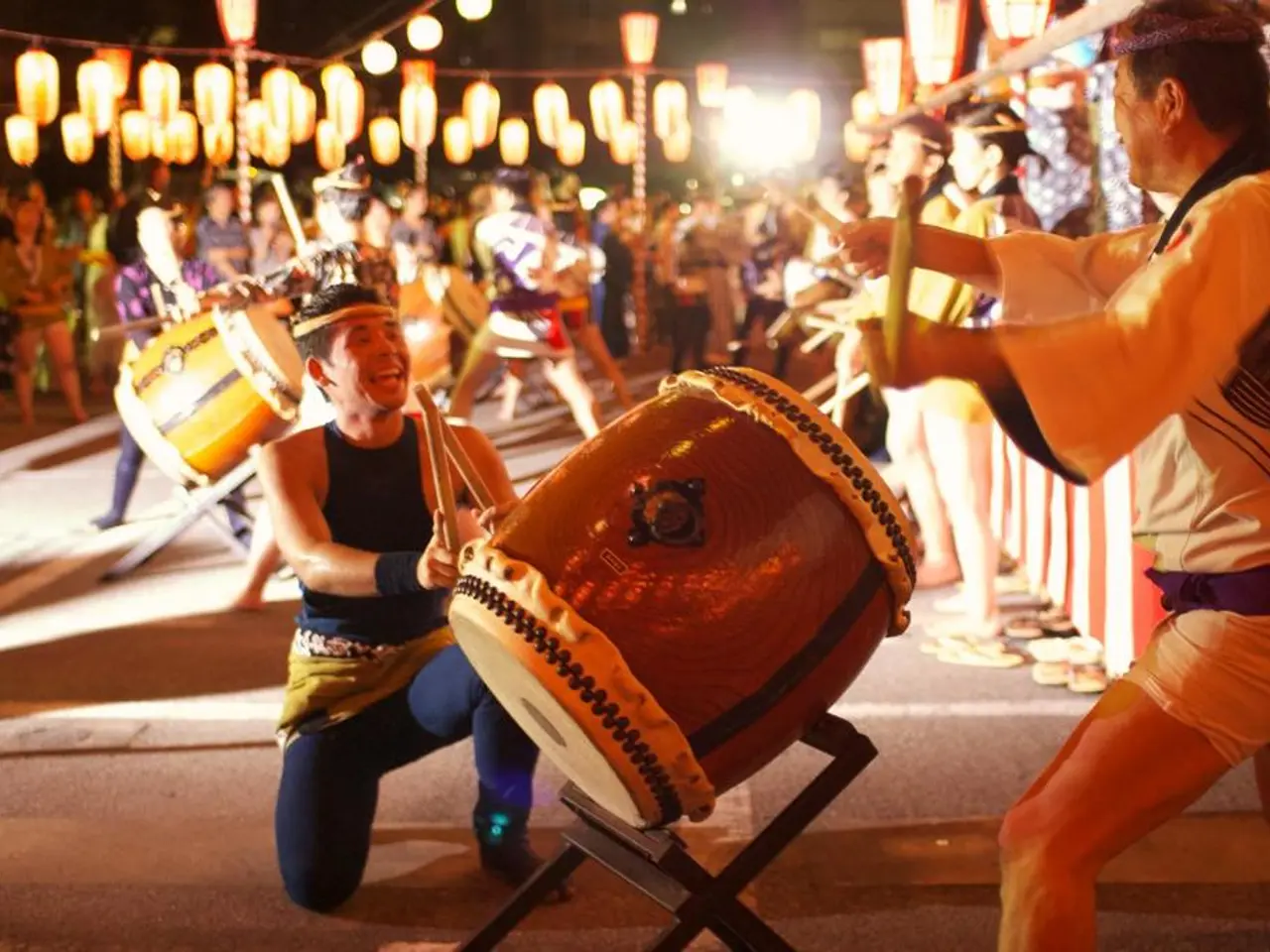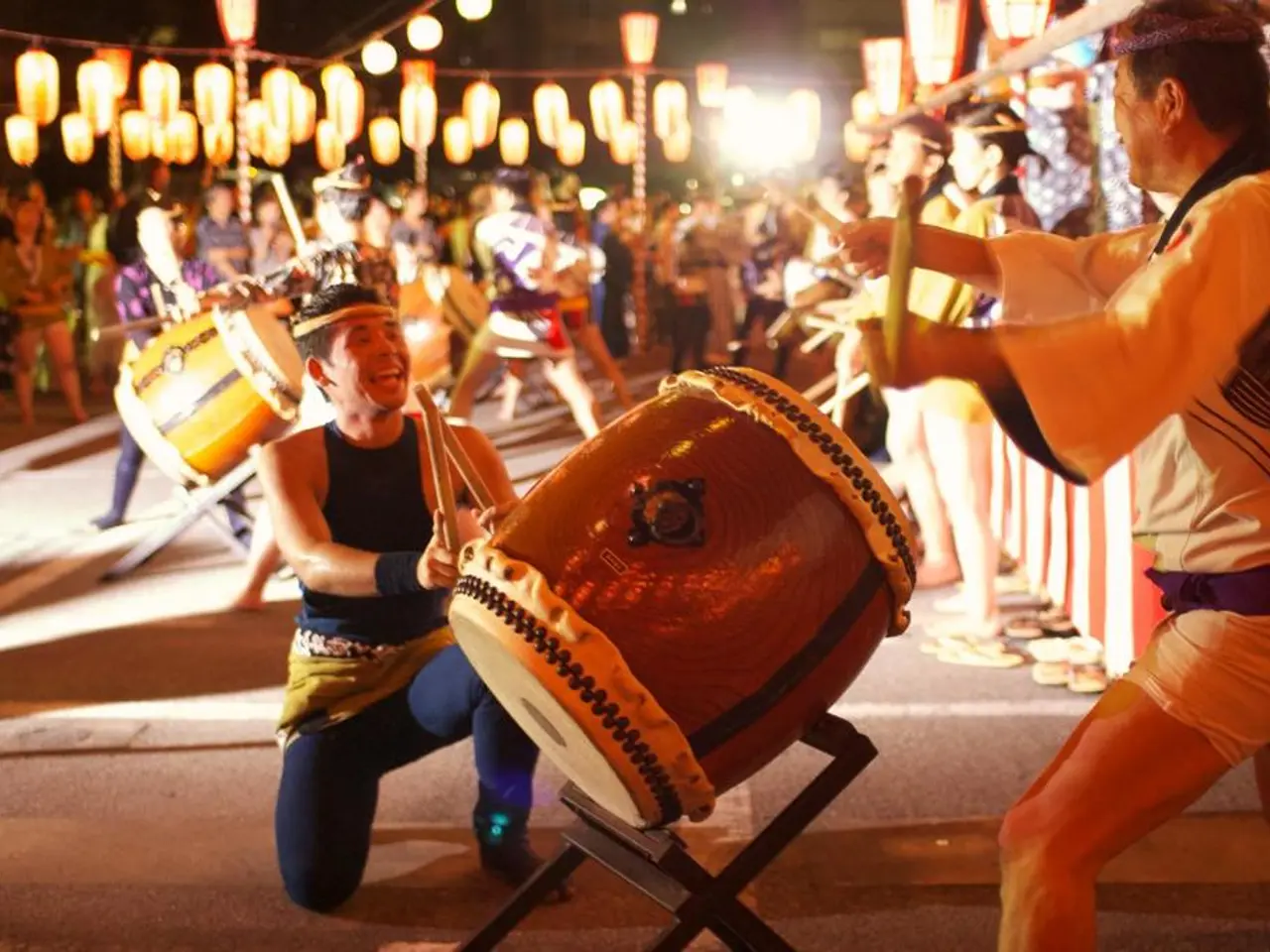The Frightening Reach of White Advantage
In the United States, the relationship between law enforcement and environmental protesters has been fraught with systemic inequalities and discriminatory practices, particularly towards Indigenous peoples.
Since at least 2013, the FBI has been investigating U.S.-based environmentalists as potential terrorists, a focus that has been criticized for ignoring the threat of white supremacists. This historical relationship between law enforcement and white privilege is deeply rooted in systemic and institutional racism, which has contributed to disproportionate policing and harm against racial minorities, including Indigenous peoples.
This relationship is evident in the case of Oscar High Elk, a water protector and founder of Roots Camp, who was arrested outside a courthouse despite having no history of violence. Meanwhile, Chase Iron Eyes, the lead counsel for the Lakota People's Law Project, was attending a court hearing to represent Jasilyn Charger, a water protector who was arrested for locking herself to a pump station being built for the Keystone XL Pipeline.
The historical enforcement of white supremacy by law enforcement is evident in its roots in 18th-century slave patrols and its continued protection of white economic and political interests. Indigenous peoples have historically been dispossessed of their lands and criminalized for resisting environmental exploitation of their territories. This is reflected in the intensified surveillance, arrests, and use of force against environmental protesters, particularly Indigenous water protectors who challenge these entrenched power structures.
The impacts of this relationship are stark. In 2016, more than 140 people were arrested during the Standing Rock mobilization against the Dakota Access Pipeline. In Louisiana, two environmental activists were temporarily imprisoned for possessing a box of plastic. In Washington, D.C., climate activists have faced mass arrests during rallies, with over 600 arrests by Capitol Police over several months.
Moreover, since then, 25 states have passed laws that threaten vocal environmentalists, especially oil and gas pipeline opponents, with arrest. The attack on the Capitol in 2021 saw at least 82 people arrested and five deaths, with some of the attackers being off-duty police officers and military members.
The ongoing criminalization and repression of Indigenous environmental protesters reflects a broader pattern of privileging white interests and minimizing minority rights. This pattern is a product of the systemic racial inequalities and discriminatory policing practices that have been ingrained in law enforcement since its inception.
References:
[1] Smith, A. (2020). The Environmental Costs of White Supremacy. The Nation. [2] Watts, J. (2017). The Guardian. The hidden racism in America's environmental movement. [3] Wahleach, K. (2017). Indian Country Today. The history of law enforcement against Native Americans. [4] Khalil, A. (2020). The Intercept. The War on Indigenous Environmental Activists.
- Climate activists in the United States, particularly Indigenous ones, have faced intense surveillance, arrests, and use of force for challenging entrenched power structures, as reflected in the events at Standing Rock in 2016 and ongoing protests in Washington, D.C. (References: [1], [2])
- A magazine article, The Environmental Costs of White Supremacy, highlights how the criminalization of Indigenous environmental protesters is a product of systemic racial inequalities and discriminatory policing practices that have been ingrained in law enforcement since its inception. (Reference: [1])
- A newsletter might include a piece discussing the attack on the Capitol in 2021, where at least 82 people were arrested, including some off-duty police officers and military members, alongside the ongoing criminalization and repression of Indigenous environmental protesters. (Reference: [4])
- The general news is rife with stories of racial disparities in law enforcement actions against environmental protesters, such as the case of Chase Iron Eyes, who was arrested while representing a water protector, or the two environmental activists temporarily imprisoned in Louisiana for possessing a box of plastic. (References: [3], [2])
- Indigenous peoples and their allies in the environmental-science community have taken their fight against climate-change to the streets,чки heard on art collective murals, protest chants, and scientific reports alike. However, their efforts have often been met with force and disproportionate repression by law enforcement, highlighting the intersection of environmental issues, politics, and racial justice. (References: [1], [2], [3], [4])








